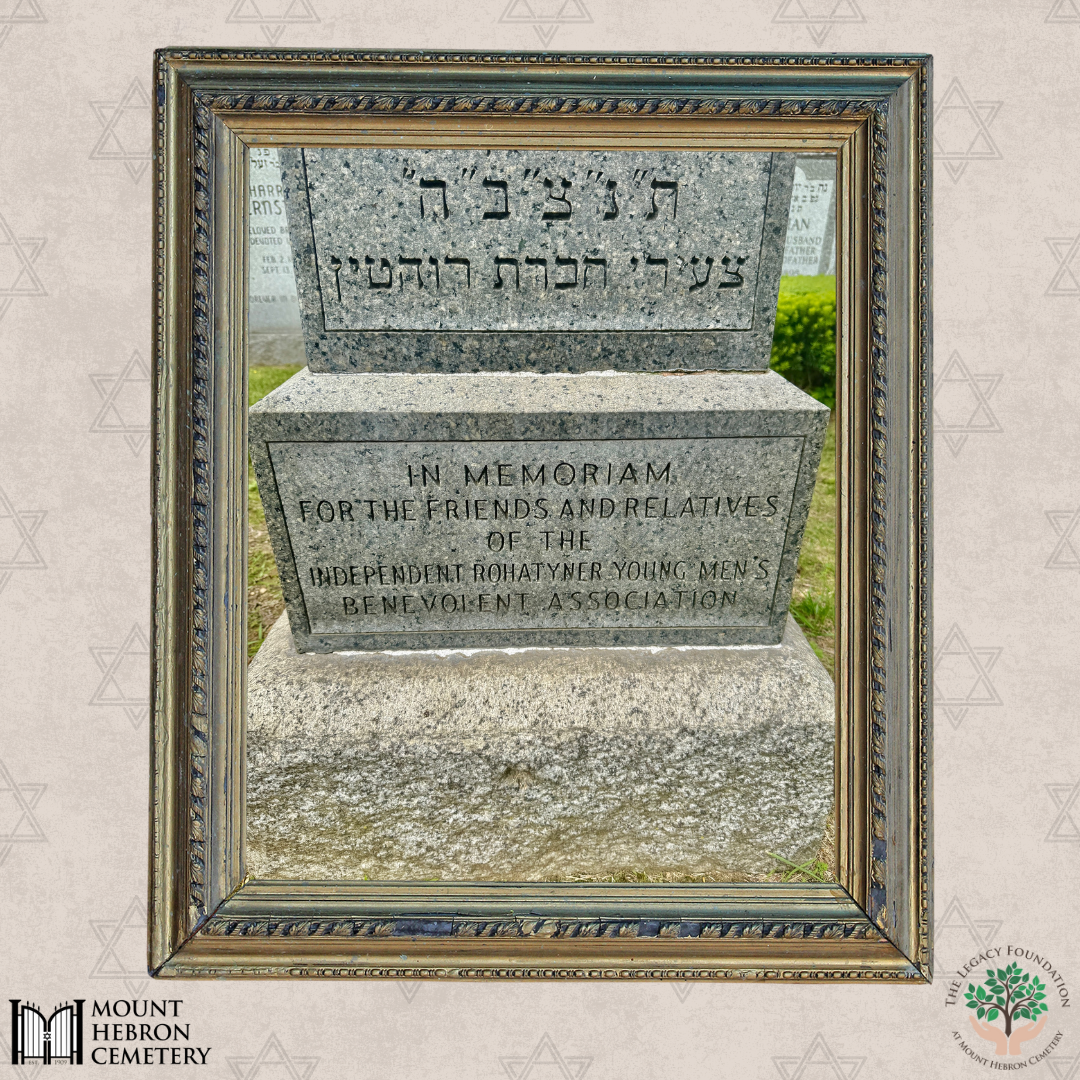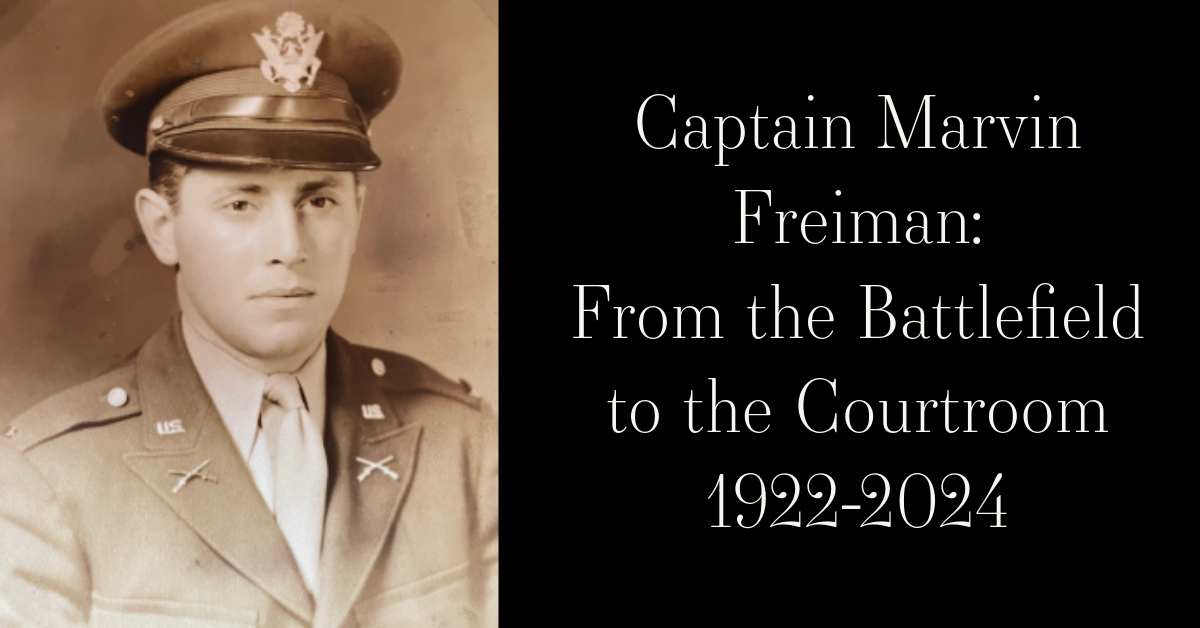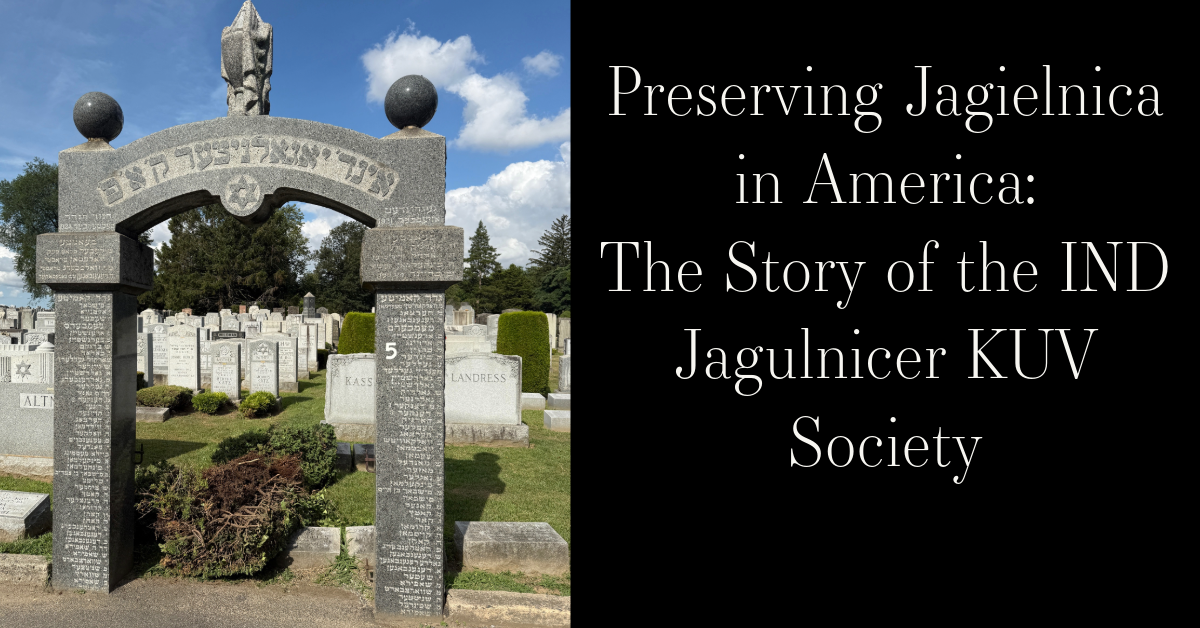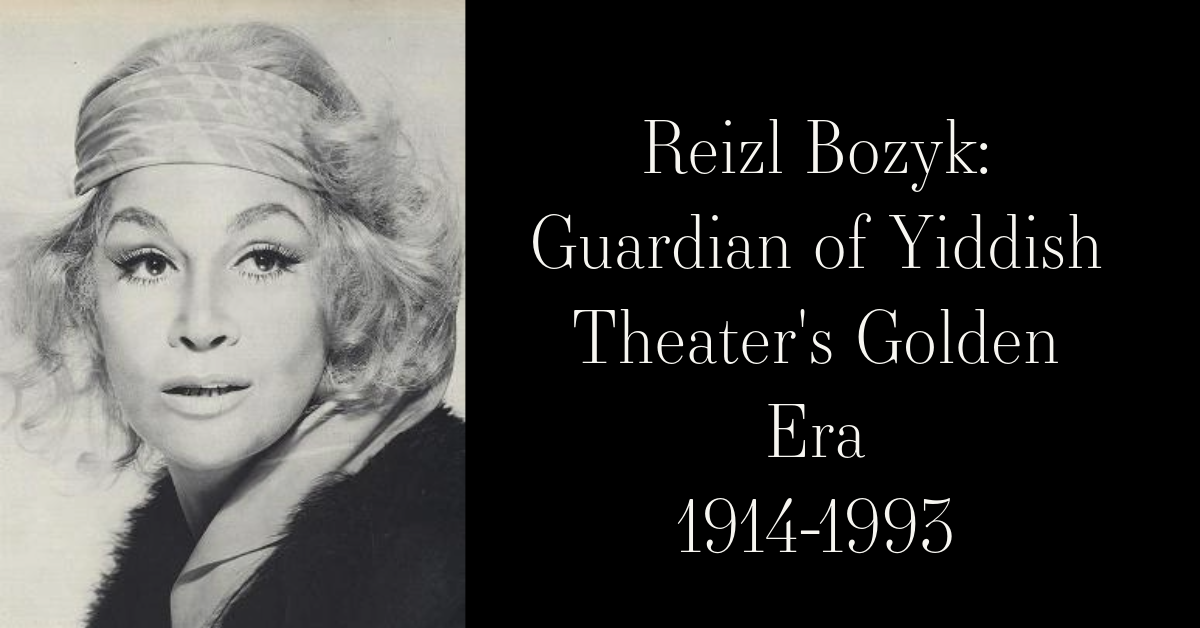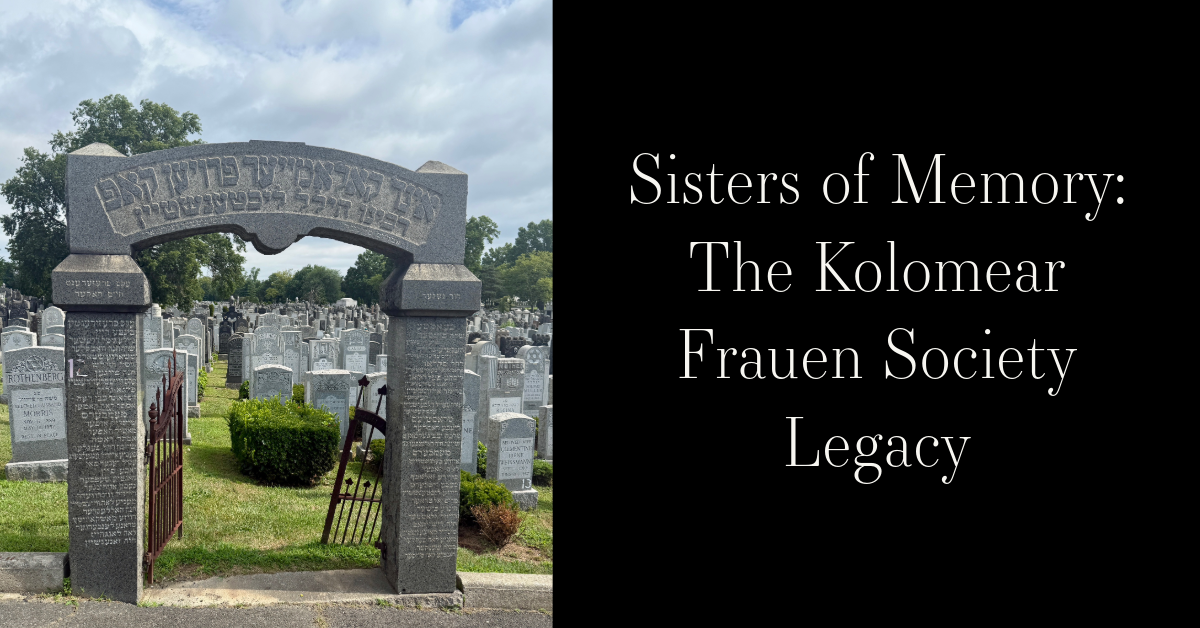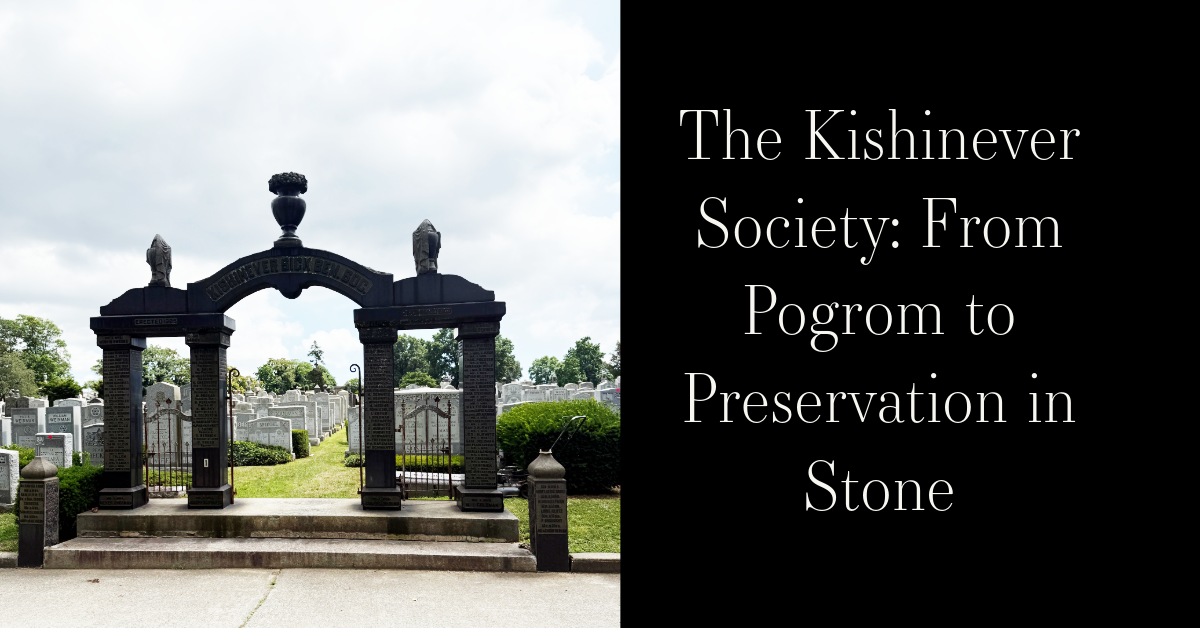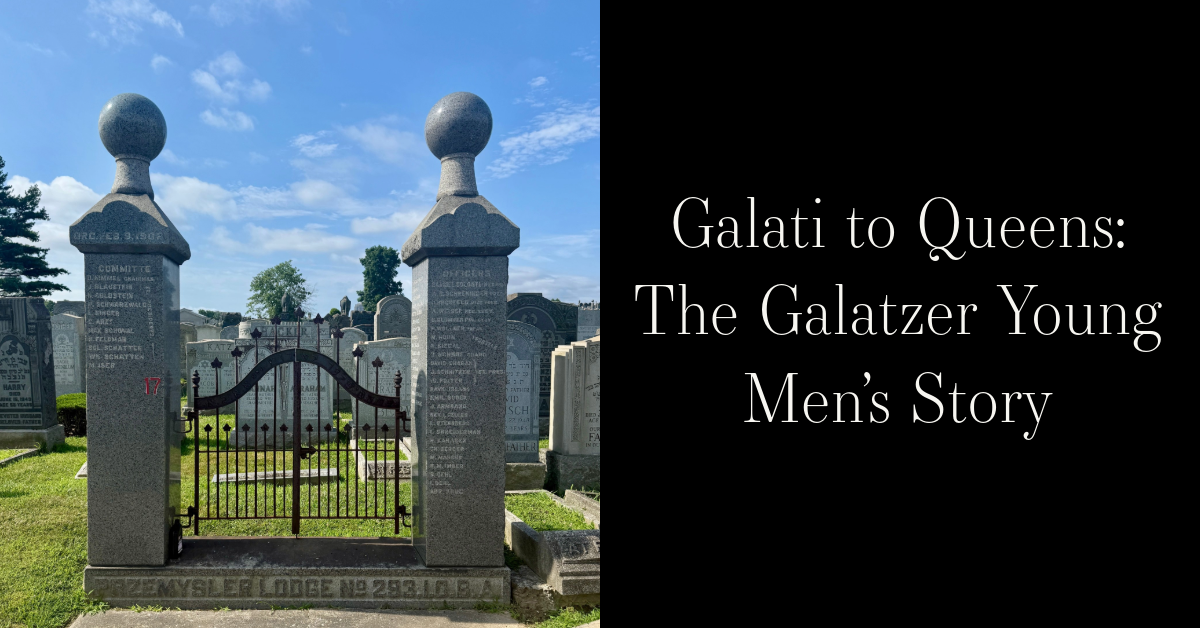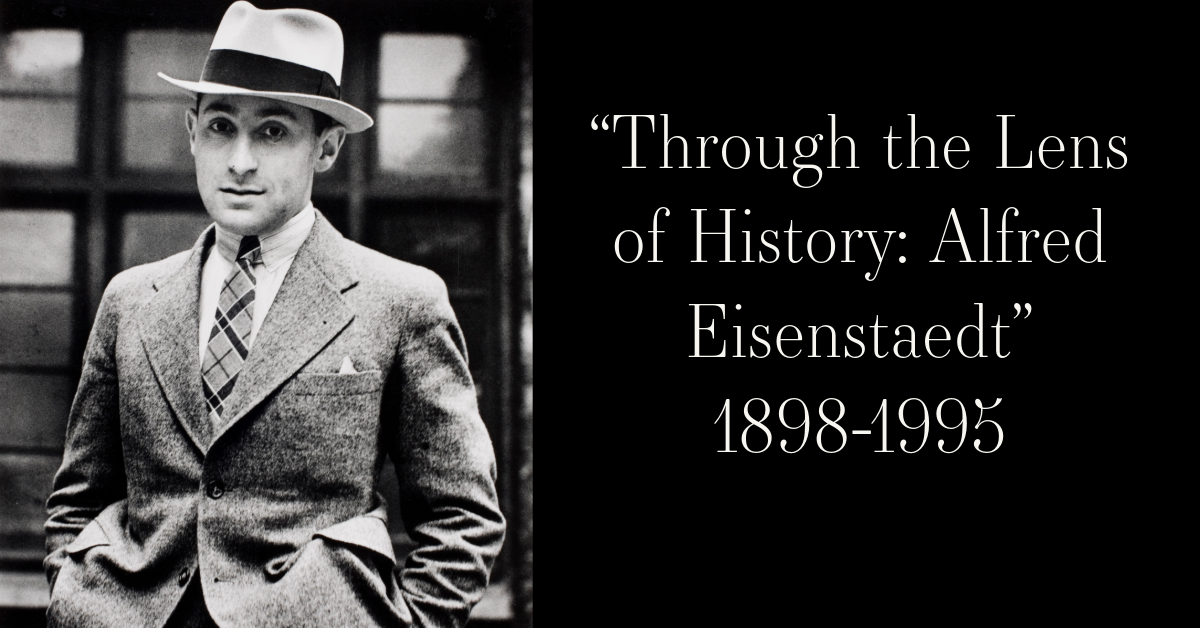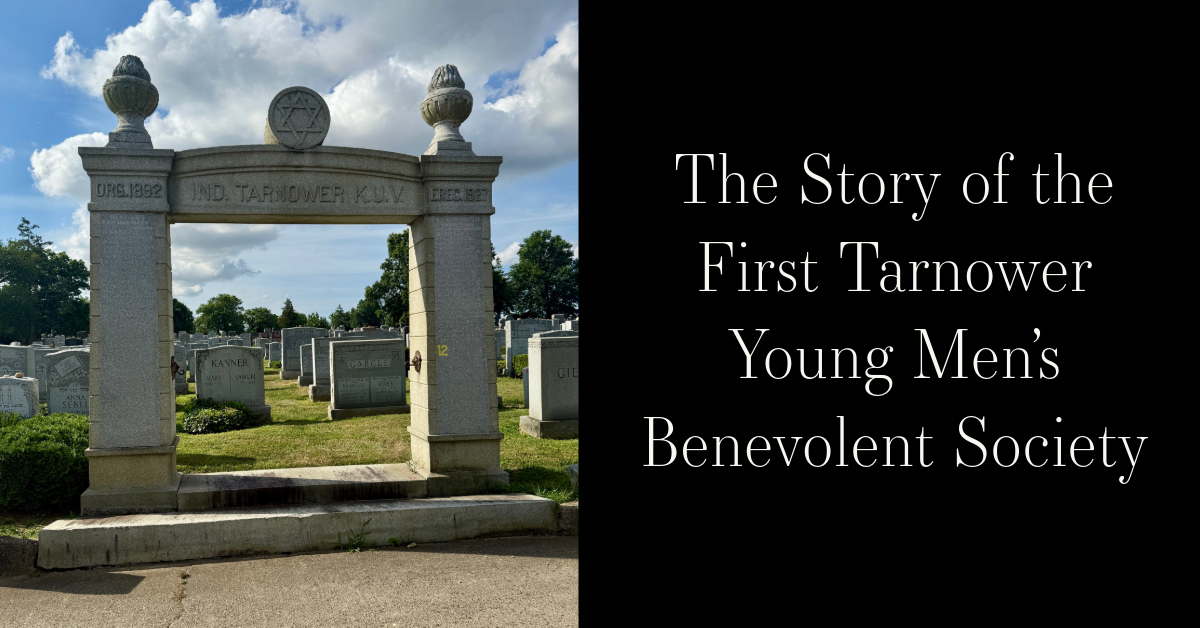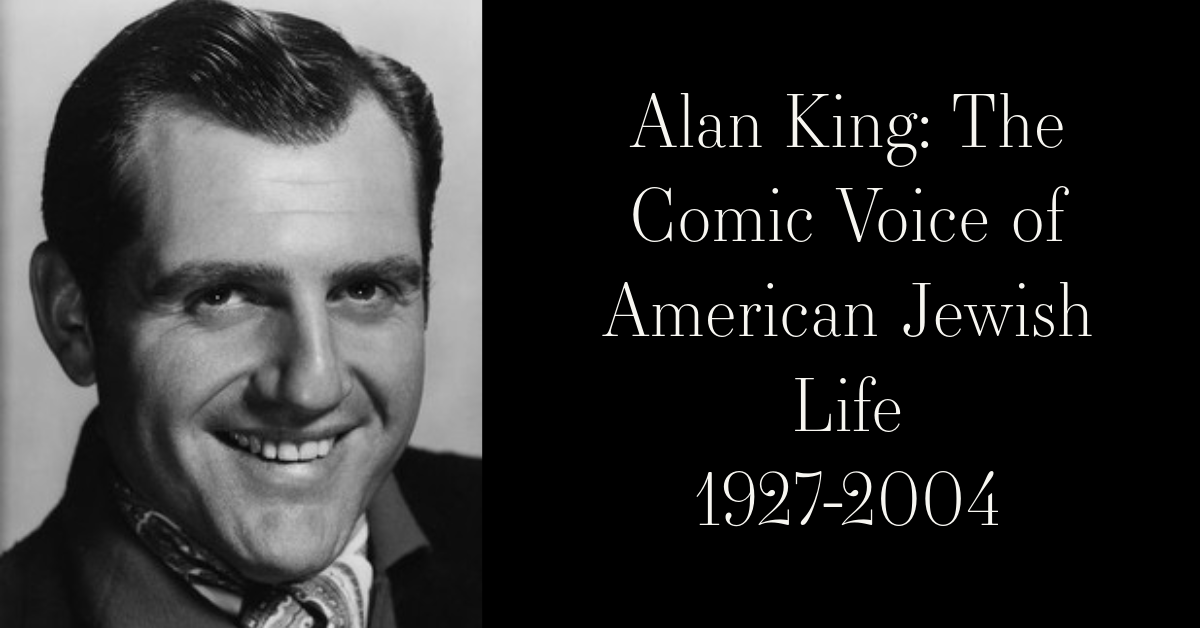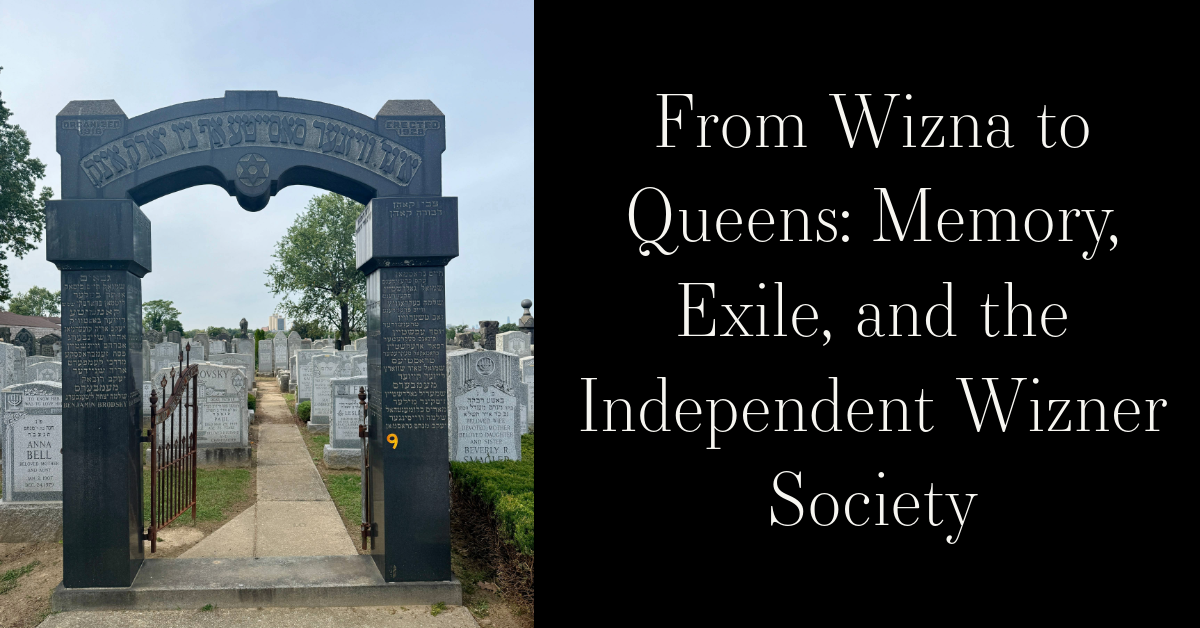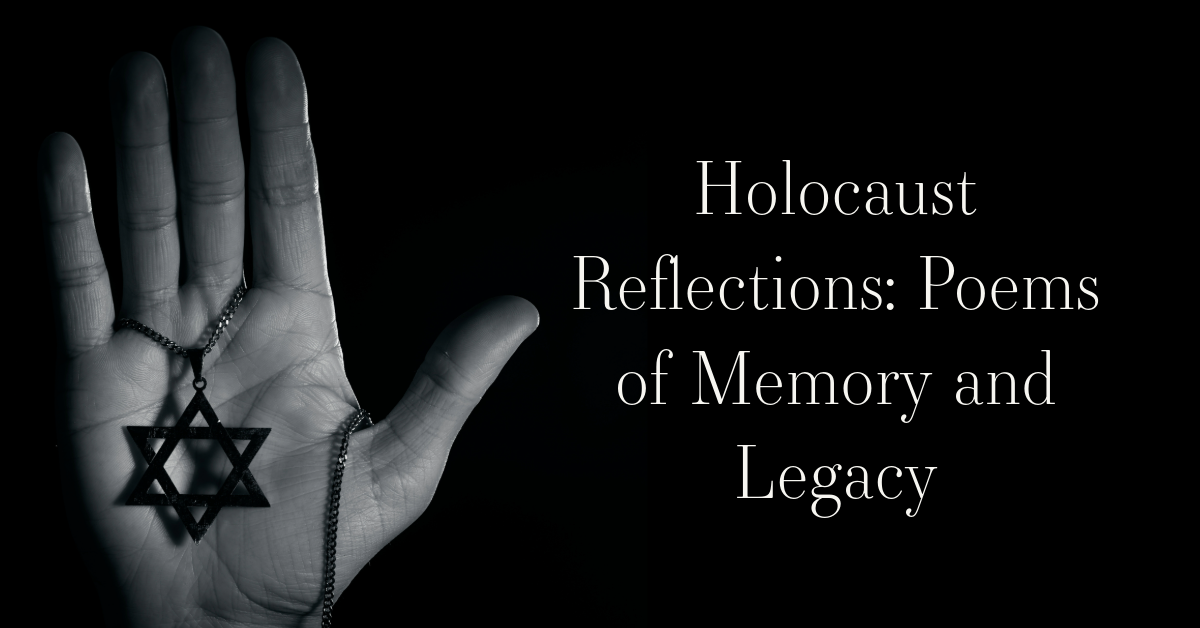Story Summary:
The Rohatyner Young Men's society was established in New York in 1894 by immigrants from Rogatin (Rohatyn), Ukraine. Initial Jewish presence dates to the 15th century. Privileges were granted to Rohatyn's Jewish community in 1633, including engagement in city's trades, real estate, and permission to build communal institutions/cemeteries. The 18th century marked a period of economic hardship, as the Jews began to be heavily taxed. Despite these hardships, the Jewish community of Rohatyn flourished, making their livings through trades and artistry, participating in Zionists organizations, and establishing various institutions for its community. The Jewish community of Rohatyn ceased following the German occupation of the town. Their memories live on through the efforts of global research, their descendants, and monuments. ~Blog by Olivia Scanlon
Rohatyner Young Mens Blog
The Rohatyner Young Men's society was established in New York in 1894 by immigrants from Rogatin (Rohatyn), Ukraine. Initial Jewish presence dates to the 15th century, with a 1463 document referencing a “small Jewish community” in the town. In 1633, privileges, including the right to engage in city trades, build a synagogue, and establish a cemetery, were granted to the Jewish community by King Wladyslaw IV Waza of Poland. These privileges were maintained by later kings, including John II Casimir Vasa, and Michal Korybut Wisniowieki (additional privileges includes Tuesdays as their “market day”, and permission to own a house in the marketplace). The Jewish community suffered tremendously during the Tatar, Turkish and Cossack attacks of the 17th century.
By the early 18th century, the Jewish community had established itself as an independent community. However, in 1776, this was revoked, and heavy taxes were placed on them. These taxes (the meat tax, tolerance tax, special tax, and candle tax) amounted to a yearly amount of 28 Florins. In 1782, Emperor Joseph II issued an Edict of Tolerance that allowed the Jewish children and adults to attend school and work as merchants, yet it forbade the use of written Hebrew and spoken Yiddish. Five years later, another decree was issued, requiring that Jews of the Austrian-Hungarian Empire adopt German surnames.
In 1788, a Jewish school was established (closed in 1806). In 1808, the Rohatyn Kahal was formed, and in 1904, the town’s synagogue was built. In 1907, Rohatyn’s Jewish women established a local women’s organization called “Ruth”. A Hebrew school was also established by Rafal Soferman. At the outbreak of WWI, an anti-jewish campaign was carried out by the Russian authorities. Many fled to Austria, Bohemia, and Moravia. In 1915, Jews were restricted entry into Galicia and in-between its provinces. In the same year, an order was given to take Jewish hostages to Russia. Retreating Russian troops burned multiple buildings, including the community's synagogues (with the exception of the Beit Midrash). In 1918, a three-day city-wide pogrom was carried out, resulting in the destruction of Jewish shops and homes. About 50 lost their lives. In 1919, the Great Synagogue was rebuilt.
The Jewish community of Rohatyn were heavily involved in the Zionist movement, establishing multiple Zionist organizations, including the HaShomer, HaTzair, and HaNoar Zionist youth groups. During the 1920s/1930s, the Jews of Rohatyn made their living through trades or as grocers at the market square where they sold eggs, bread, cakes, candies, textiles, meats, alcoholic beverages, and clothing.
In September of 1939, the Soviet Army occupied Rohatyn. In July 1941, German forces entered the town. Later that month, a Judenrat was established, and in August, the ghetto was created. The ghetto held Jews from Rohatyn, Burshtyn, Bukachivtsi, Czercze, Potok, and Zlipic. On March 20th, 1942, an “aktion” was carried out, claiming about 4,600 lives. In May of 1942, a new Judenrat was established. On Yom Kippur in 1942, almost 800 people were sent to the Belzec concentration camp. Another deportation was carried out in December of the same year, transporting about 1500 people to Belzec. By January of 1943, there remained about 1000 Jews left in the ghetto. The ghetto liquidation was carried out from June 6th to June 8th of 1943. The Soviet Army liberated the town on July 24th 1944. Less than 100 Jews survived. By 1947, only two surviving Jews remained in Rohatyn.
The descendants of Rohatyn’s Jewish community continue to visit the town, keeping their memories alive. Societies for Rohaytn’s Jewish community exist at Washington Cemetery, Beth Israel Cemetery, Old Montefiore Cemetery, Mount Hebron Cemetery, and Mount Zion Cemetery. In 2011, the Rohatyn Jewish Heritage Project was founded. It manages heritage preservation of the 400-year old town, piecing together the history of Rohaytyns’s now-lost Jewish community. The Old Jewish Cemetery was destroyed during WWII, however some tombstones still remain. Two memorials also stand, commemorating their lives.
http://yivoarchives.org/index.php?p=collections/controlcard&id=33384
https://rohatynjewishheritage.org/en/
https://www.jewishgen.org/yizkor/rogatin/roh007e.html
https://www.jewishgen.org/Yizkor/Rogatin/roh010.html
https://ukrainianjewishencounter.org/en/the-osborns-rohatyn-jewish-heritage/
https://shtetlroutes.eu/en/rogatin-putvnik/
https://jewish-heritage-europe.eu/focus/projects/rohatyn-ukraine-jewish-headstones-human-remains-where-to-go-from-here/
https://jgaliciabukovina.net/110685/community/rohatyn
~Blog by Olivia Scanlon


